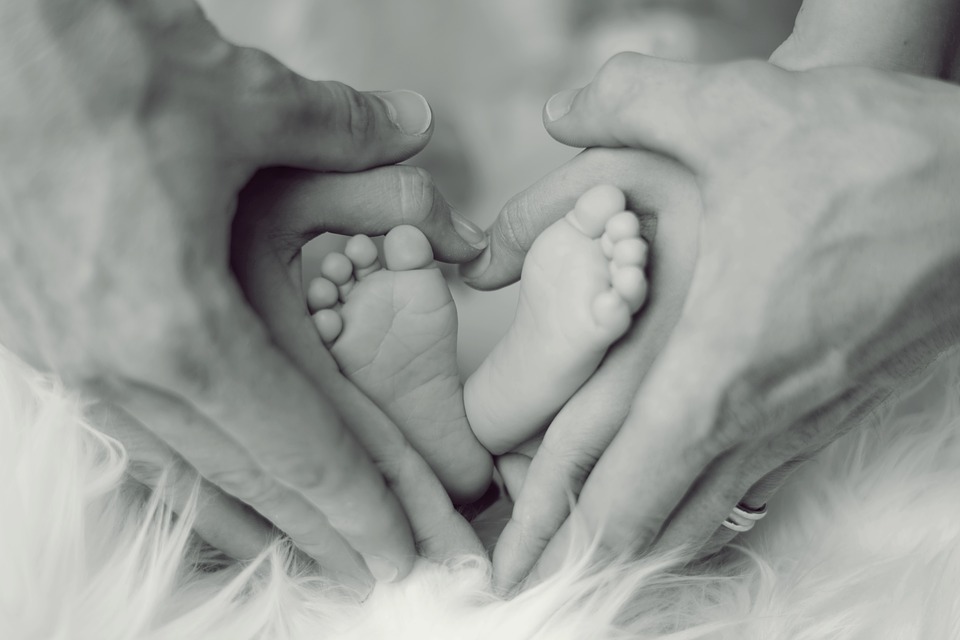Parental leave has long been a debated question in labor laws, welfare policies, role of mother and father in a children’s life. However, the debate has long been skewed in favor of maternity leave. The role of mother and father was never treated equally in the lives of babies. Nordic countries (Iceland, Sweden, Denmark, and Finland) were the first one to take initiative in this regard. Maternity leave is one of the variables which impact career of women profoundly. Sometimes to give best care to babies women leave jobs and sometimes companies’ fire women for extending maternity leave. Some companies also held the view that women become less productive after becoming a mother. This whole range of issues could be solved if we go for equal paternity and maternity leave.
Gender pay gap, which is among most important issues of labor laws and society, could also be solved through equal parental leave to mother and father. The Gender pay gap data shows that there is strong negative correlation between equal parental leave and gender pay gap. And the most important thing is that correlation is not limited to pay gap, overall gender gap is also strongly correlated to equal parental leave. The bottom five countries in global gender gap index are Iceland, Finland, Norway, Rwanda, and Sweden. The African country Rwanda appears in the list due to Rwandan genocide in which an estimated 5 lakh to 20 lakh people (most of them were men) were killed. Therefore women workforce became necessary for economy. So, the right way to achieve gender equality is the ‘Nordic way’.
Parental leave impacts negatively to women if it is very short. If maternity leave is very short then women may decide to leave her job to take care of the newborn baby. According to economist Francine Blau “If the family leave gets very long and much extended, then it may encourage women to stay out longer than they otherwise would have, and that can have negative effects on their wages and occupational advancement.” So, in both ways the career prospects and earning of women is harmed. The best thing to do to bridge gender gap is to grant equal leave to mother and father, as Nordic countries did.
In India we do not have any paternity leave provisions under labor laws although some companies do provide it. Mothers have legal right to 26 weeks of paid maternity leave after the amendment in 2017 under the Maternity Benefit Act, 1961. But for the fathers we do not have any such provision. Recently, the government of India has proposed three months paid leave to fathers under National Paternity Benefit Bill in 2018 which is soon to be introduced. As per Unicef analysis “India is among almost 90 countries in the world without national policies in place that ensure new fathers get adequate paid time off with their newborn babies.” Our laws regarding paternity leave are as obscure as that of Nigeria. The studies has repeatedly pointed out that presence of father positively impacts the mental health and self-esteem of a child.
The non-transferable month of paternity leave was first introduced in Sweden in 1995. Later in 2000, Iceland government decided to “break the whole thing up, just give them equal, independent rights–because this shareable thing isn’t working.” The country passed a law and granted three months parental leave to both mother and father. In India, the need of the hour is to break 26 weeks of maternity leave in 13 weeks of maternity leave and 13 weeks of paternity leave.
